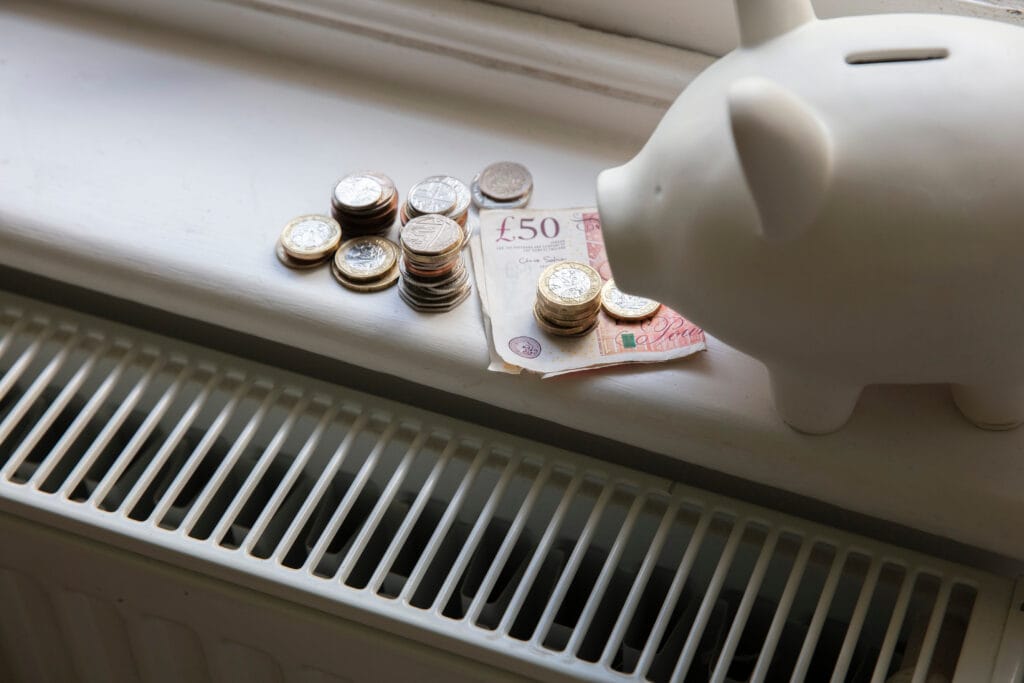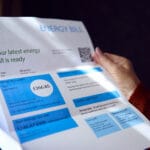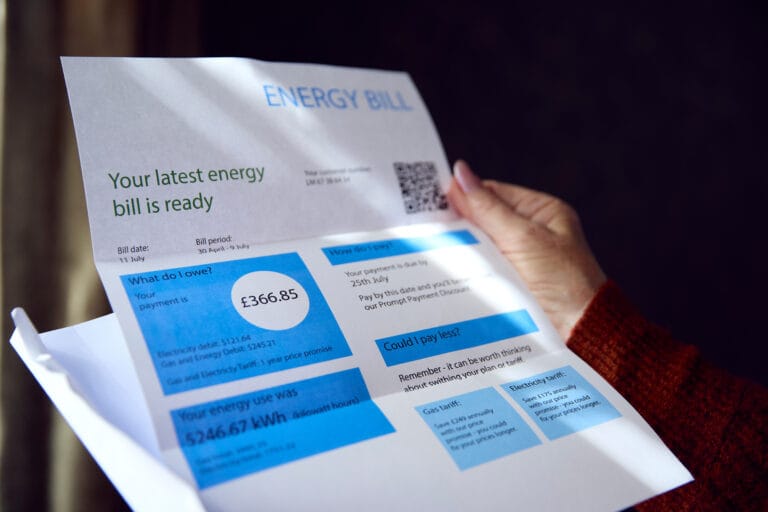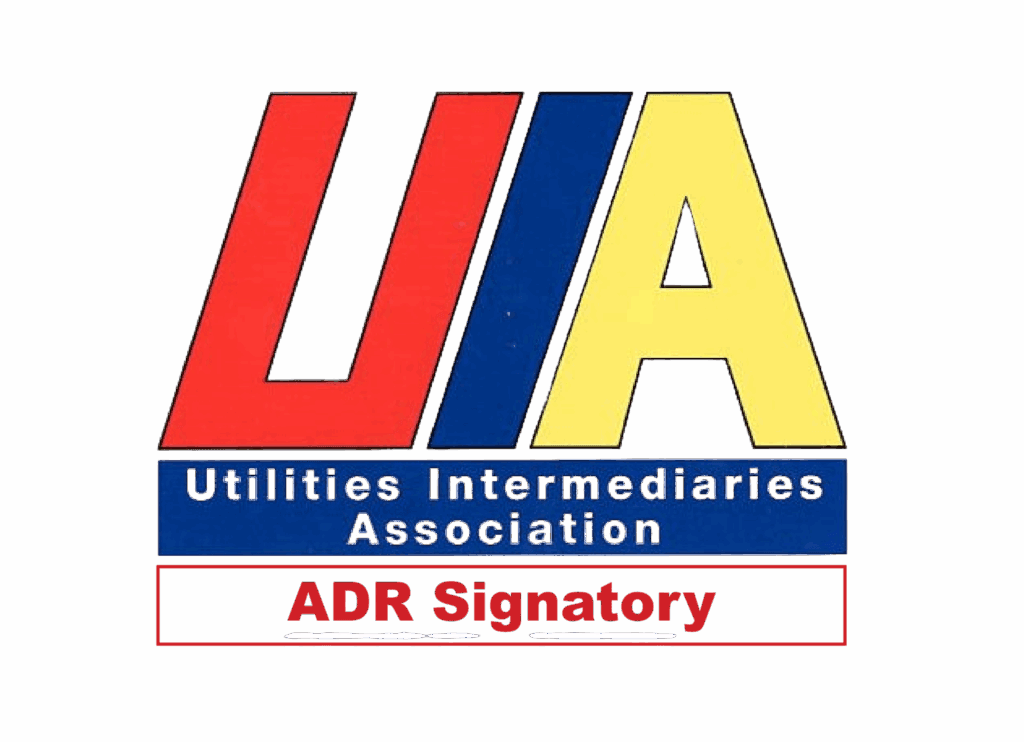Thought energy prices were finally starting to settle? Many UK businesses breathed a sigh of relief when Ofgem announced the energy price cap would fall this summer. But there’s more to your bill than just the wholesale cost of electricity or gas. From 2026, the network charges (the fees for transporting and maintaining the infrastructure that delivers energy) are set to increase by around £24 a year for a typical household, with proportionate impacts on business users despite the lack of a business energy price cap.
This rise is part of a huge investment programme designed to modernise the UK’s energy network. Understanding what these charges pay for can help your business prepare and manage costs effectively.
What Exactly Are Network Charges?
Put simply, network charges cover the cost of moving energy safely from where it’s generated to where it’s used. That includes:
- High-voltage transmission lines crossing the country
- Local distribution networks serving towns and industrial estates
- Substations and transformers converting electricity to usable levels
- Metering and maintenance to ensure everything runs smoothly
Every time you flick on a light or power up your equipment, this hidden infrastructure is working in the background. Network charges typically account for about 22% of an energy bill—and this share is now set to rise.

Why Are They Going Up?
Ofgem has approved a £24 billion investment plan to upgrade Britain’s energy networks. This funding will pay for:
- Replacing ageing power lines and gas pipes
- Expanding capacity to connect renewable energy sources like wind and solar farms
- Reinforcing the grid for the future demands of electric vehicles, heat pumps, and greener heating systems
According to Ofgem, the aim is to build a network that’s more resilient, low carbon, and ready for net zero by 2050. However, this ambition comes with upfront costs, which are passed on to energy users through higher network charges.
How Will This Affect Businesses?
While the headline figure of an average increase of £24 per year per household may not sound significant on its own, when combined with unpredictable wholesale energy prices and broader inflationary pressures, it could still result in higher overall bills for consumers, even as the domestic price cap itself decreases.
The good news is that energy-saving measures, contract reviews, and smarter procurement can help to offset these extra costs. If you haven’t reviewed your energy strategy recently, now is the time.
What Can You Do to Reduce the Impact?
Here are a few ways to manage rising network costs:
- Review your contract – Check if your tariff and supplier are still competitive.
- Improve efficiency – Simple steps like upgrading to LED lighting or optimising heating controls can reduce usage.
- Consider energy monitoring – Smart meters and data analytics can help spot wastage.
- Explore renewables – Solar installations or green tariffs could provide long-term savings and sustainability benefits.
At Reduce My Costs, we can help both SMEs and larger organisations find the most cost-effective solutions, so you can stay ahead of changes like this.
The Importance Of Staying Informed
Energy bills are rarely simple, and network charges are just one of many moving parts. While these increases are necessary to modernise the grid and support the shift to cleaner energy, they still add pressure to already stretched budgets.
By understanding how network charges work and planning ahead, your business can minimise the impact and protect your bottom line. If you’d like support reviewing your energy contracts or exploring energy-saving measures, get in touch with us today by clicking here.















